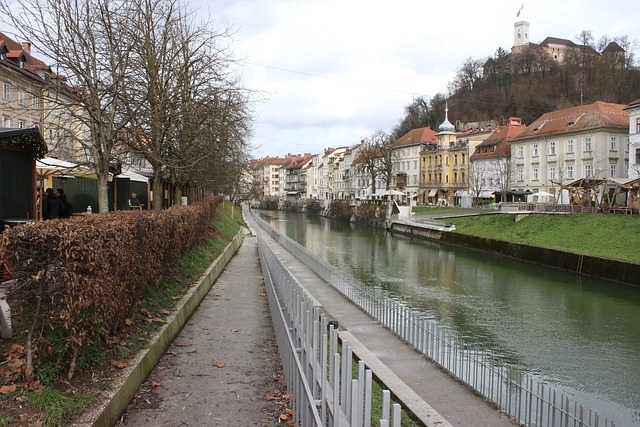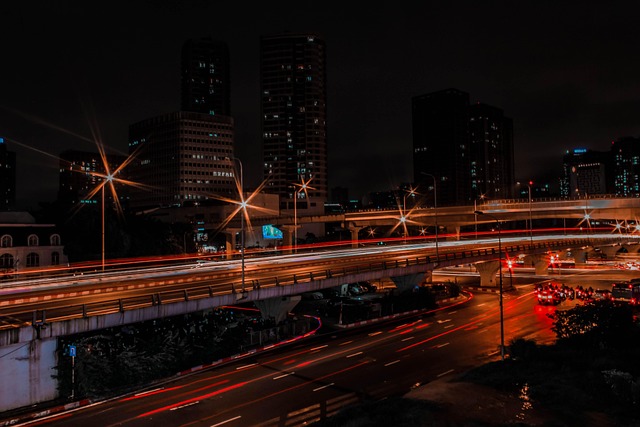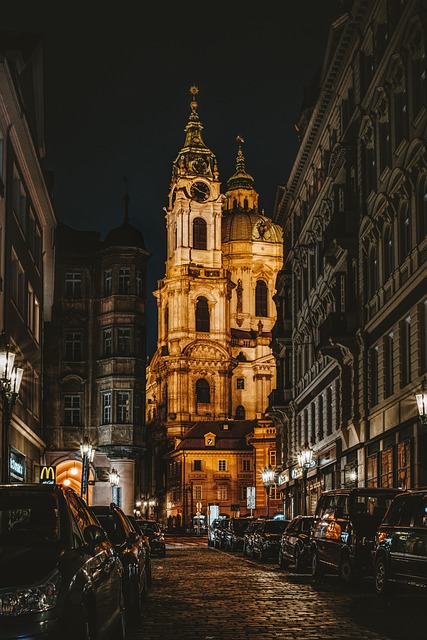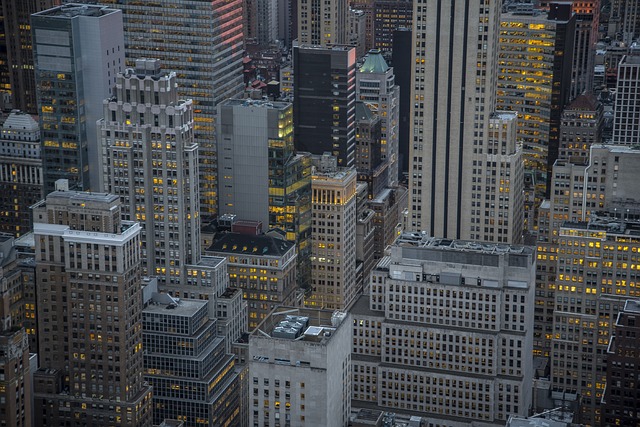Karachi, Pakistan's economic hub, grapples with severe traffic congestion due to rapid urbanization and a reliance on personal vehicles. Initiatives like elevated expressways, bus rapid transit (BRT) systems, smart signal management, and awareness campaigns aim to transform the city's traffic landscape. Innovative strategies such as real-time data-optimized traffic lights, improved public transport, dedicated bike and pedestrian lanes, dynamic parking pricing, and digital traffic updates can significantly enhance commuting experiences for both residents and visitors in Karachi.
Karachi, Pakistan’s vibrant metropolis, faces significant traffic challenges, particularly at iconic landmarks like Ayesha Manzil. This article delves into a comprehensive overview of traffic patterns within the city, focusing on the unique congestion issues at Ayesha Manzil. We explore the root causes and propose innovative solutions to alleviate traffic woes. By examining strategic strategies to enhance flow and urban mobility, we aim to offer insights that can transform Karachi’s transportation landscape.
- Understanding Traffic Patterns in Karachi: A Comprehensive Overview
- The Challenges and Solutions for Congestion at Ayesha Manzil
- Strategies to Enhance Traffic Flow and Urban Mobility in Karachi's Heart
Understanding Traffic Patterns in Karachi: A Comprehensive Overview

Karachi, Pakistan’s economic hub and a bustling metropolis, is renowned for its vibrant yet complex traffic patterns. Understanding this intricate web of mobility is essential for both residents and visitors alike to navigate the city effectively. The traffic landscape in Karachi is characterized by a unique blend of traditional and modern transportation methods, with a significant portion relying on personal vehicles due to the city’s rapid urbanization and growing population.
The peak hours in Karachi often witness heavy congestion, with major roads and highways experiencing slow movements. Key factors contributing to this include dense populations, inadequate public transport infrastructure, and limited parking spaces. However, the city also boasts several modern initiatives to improve traffic flow, such as the development of elevated expressways and the introduction of bus rapid transit (BRT) systems. These efforts aim to provide efficient and safe transportation options, reducing travel times and enhancing overall mobility in Karachi.
The Challenges and Solutions for Congestion at Ayesha Manzil

The dense population and rapid urbanization in Karachi have led to significant traffic congestion, particularly at Ayesha Manzil, a bustling intersection that serves as a gateway to many residential areas and commercial hubs. The main challenges include an overwhelming number of vehicles, inadequate road infrastructure, and inefficient traffic management systems. To address these issues, the city has been implementing various solutions, such as expanding roads and adding more signal lights. Additionally, smart transportation technologies are being introduced to optimize traffic flow.
One innovative approach is the use of real-time traffic data to manage signals, ensuring that they adapt to changing conditions. This helps reduce waiting times and eases congestion during peak hours. Furthermore, public awareness campaigns have been launched to encourage carpooling and the use of public transport, which can significantly decrease the number of vehicles on the roads. These measures, combined with ongoing infrastructure development, aim to transform Ayesha Manzil into a smoother, less congested area for residents and visitors alike.
Strategies to Enhance Traffic Flow and Urban Mobility in Karachi's Heart

In the heart of Karachi, managing traffic flow is a complex challenge due to the city’s dense population and rapid urbanization. To address this issue, several innovative strategies can be implemented to enhance urban mobility. One effective approach is smart signaling systems that adjust traffic lights based on real-time data, reducing congestion at peak hours. Additionally, encouraging public transport usage through improved bus routes, frequent services, and comfortable stations can significantly decrease the number of private vehicles on the roads.
Another key strategy involves creating dedicated bike lanes and pedestrian pathways, promoting sustainable and healthy transportation options. Implementing dynamic pricing for parking, with higher rates during peak times, can also discourage unnecessary vehicle usage. Moreover, digital information boards along major routes can provide real-time traffic updates, helping drivers make informed choices and further alleviate congestion. These measures, tailored to Karachi’s unique needs, have the potential to transform the city’s traffic dynamics, making commuting more efficient and enjoyable for its residents.
Karachi, as a vibrant metropolis, faces unique traffic challenges, particularly around congestion hotspots like Ayesha Manzil. This article has explored comprehensive solutions, from understanding traffic patterns to implementing innovative strategies for enhanced urban mobility. By addressing these issues, Karachi can strive towards smoother traffic flow, reducing travel times and improving the overall quality of life for its residents, making it a model city for urban transportation in Pakistan.



